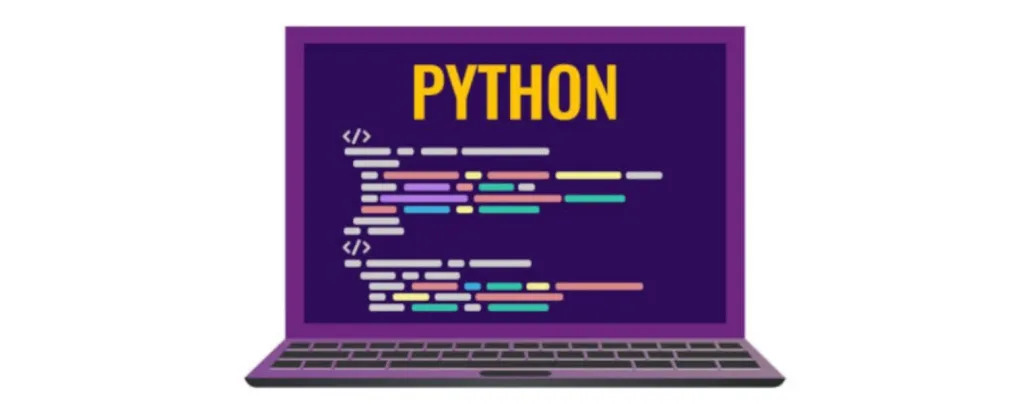For several years, Python has been one of the most popular programming languages for application development. Its popularity is mainly due to the simplicity of its code.
However, to simplify the writing of code in Python and to maximize efficiency, it is preferable to use an IDE: Integrated Development Environment. One of the most used IDE is PyCharm.
What is Python?
Python programming language is one of the most widely used for software development. It is a high-level object-oriented language with concise code and clean syntax that makes development faster and cheaper.
In addition, Python supports code reusability and modularity. Debugging is fast and straightforward. Many third-party components are included in the Python Package Index (PyPI).

What is an IDE?
An IDE or integrated development environment includes all the tools required to write software. It includes an editor and a compiler.
Using an IDE greatly simplifies the programming and development process. The tool interprets what the developer types and suggests relevant keywords to insert, and assigns different colors to the various elements of the code.
An Integrated Development Environment includes a text editor, a project editor where files can be stored, and many modules and packages allowing users to easily add features.
What is PyCharm?
Developed by JetBrains, PyCharm is currently the most popular IDE for Python. This hybrid platform is commonly used for the development of Python applications, notably by large companies such as Twitter, Facebook, Amazon, or Pinterest.
Compatible with Windows, Linux, and macOS, PyCharm contains modules and packages that help developers program software with Python faster and with less effort. It can also be customized to meet the specific needs of a project.

PyCharm features
PyCharm has many advantages. Its intelligent code editor helps to write high quality code. Its different color codes for keywords, classes and functions increase the readability and understandability of the code. This also simplifies error detection. An autocomplete feature is also included.
Code navigation features help developers to edit and improve code effortlessly, and to easily navigate to a function, class or file. Locating an element, symbol or variable in the source code is very simple, and the lens mode allows to inspect and debug the entire source code.
Refactoring allows quick and efficient changes to local or global variables. Developers can improve the internal structure without changing the external performance of the code.
This IDE helps developers to easily create web applications in Python. It is compatible with the most popular web technologies like HTML, CSS and JavaScript. Live changes can be viewed directly in a web browser. In addition, PyCharm is also compatible with AngularJS and NodeJS.
The most popular Python web frameworks are supported, such as Django. Autocompletion features and suggestions for parameters are provided, as well as a debugging tool. The web2py and Pyramid frameworks are also supported.
Finally, PyCharm supports scientific Python libraries like Matplotlib, NumPy and Anaconda. This IDE is therefore particularly useful for Data Science and Machine Learning projects. The interactive graphs help to understand the data, and the integration with tools like Django, IPython and Pytest helps to innovate with unique solutions.
Advantages and disadvantages
The main advantages of PyCharm are the ease of installation and use, and the numerous plugins and productivity shortcuts. The auto-completion and colorization features are also a valuable asset.
In general, software development is much faster with PyCharm. The error highlighting improves the process. The community of Python developers is very large and allows to quickly solve possible problems.
On the other hand, PyCharm is not free and its professional version is quite expensive. It is not necessarily a recommended tool for beginners, because the autocomplete feature can be a problem in the learning process. In some cases, it may be better to choose an alternative like Jupyter Notebook.
How to learn how to use Python and PyCharm?
Installing PyCharm is very simple. You just have to go on the official JetBrains website, and choose between the free and open source Community version and the paid Professional version according to your needs.
To learn how to use Python and IDEs like PyCharm, you can choose DataScientest. Our Data Analyst, Data Scientist, Data Engineer and Data Manager trainings include a module dedicated to this programming language.
You will learn how to handle Python, and its various Data Science libraries like NumPy and Pandas. The other modules of these courses cover data analysis, DataViz, Machine Learning, and Business Intelligence.
At the end of the course, you will have all the skills required to work in the field of Data Science. Within the framework of our partnerships, a certificate is delivered by MINES ParisTech and Dauphine PSL Executive Education. Among our alumni, 80% have found a job immediately.
Our training courses adopt an innovative Blended Learning approach, combining individual coaching on an online platform and Masterclass. Depending on your preferences, you can choose between an intensive BootCamp mode and Continuing Education.
You know everything about PyCharm. For more information, check out our file on the Python language.










